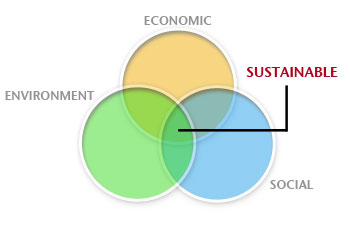As manufacturers continue to weigh the costs of moving goods in today’s market, increases in labor, shipping, and fuel expenses are driving many global companies to bring production back to North America. The result is an increasing demand for industrial real estate in Southern California.
Manufacturers and distributors are now increasingly seeking factory, warehouse and distribution space in Los Angeles, Orange County, and the Inland Empire in order to utilize local ports, as well as expanding class one double track rails from L.A. to the East coast.
While lower-end consumer products, such as apparel and toys, are still manufactured overseas, production of other items, such as instrumentation, devices, machinery and equipment, is moving closer to end users in the US. Much of this is because there is a lower tolerance for error when it comes to these products, which require process manufacturing. For example, the production of surgical equipment, such as laser technology for cataract surgery, must be extremely precise, or the repercussions could be enormous.
Increases in labor, shipping, and fuel expenses are driving many global companies to bring production back to North America, says Turner.
This is especially important in the current market, in which ecommerce fulfillment has become the norm. Traditionally, manufacturers would build a distribution center and analyze palate positions, then ship product to 10 customers in 200 locations, with perhaps 100 unique products. Today, manufacturers are tasked with same day and next day fulfillment for anywhere from 10,000 to a million unique products, often shipping to up to 25 million customers per year.
For these manufacturers, it’s imperative to have a real estate professional who can assist with analyzing technology and locational considerations against inbound and outbound customer bases in order to make the right decisions.
The fact is, if we as commercial real estate professionals are doing are jobs well, we actually want to reduce the footprint of our industrial clients. This may appear counterintuitive to what people in our industry usually strive to do, which is to sell more square footage. However, by developing a deeper understanding of global logistics, we can advise our clients on innovative ways to minimize on-hand inventory, which reduces their need for fixed real estate assets.
In addition to advising clients, commercial real estate professionals who are well educated on supply chain issues will also be better able to identify the benefits and detriments of each location, specifically as they relate to moving inbound goods into the supply chain for the end customer.
Depending on the product being manufactured or distributed, there are various modalities to transport goods, and by deepening our knowledge of ocean, air, and intermodal transport, we are better able to establish the right solutions, depending on the service metrics our clients are trying to achieve.
This leads to better alignment with all who are involved in real estate deal making, including the executive management team, the operations team on both the transportation and distribution side, and the manufacturing team.
As manufacturing and distribution continues to expand and return to North America, industrial real estate professionals should seek educational opportunities to better understand our clients’ business from raw products to manufacturing to finished goods. With that understanding, we will ultimately be able to deliver better solutions.
Kevin Turner is a SVP and global logistics specialist at Voit Real Estate Services. The views expressed in this column are the author’s own.











